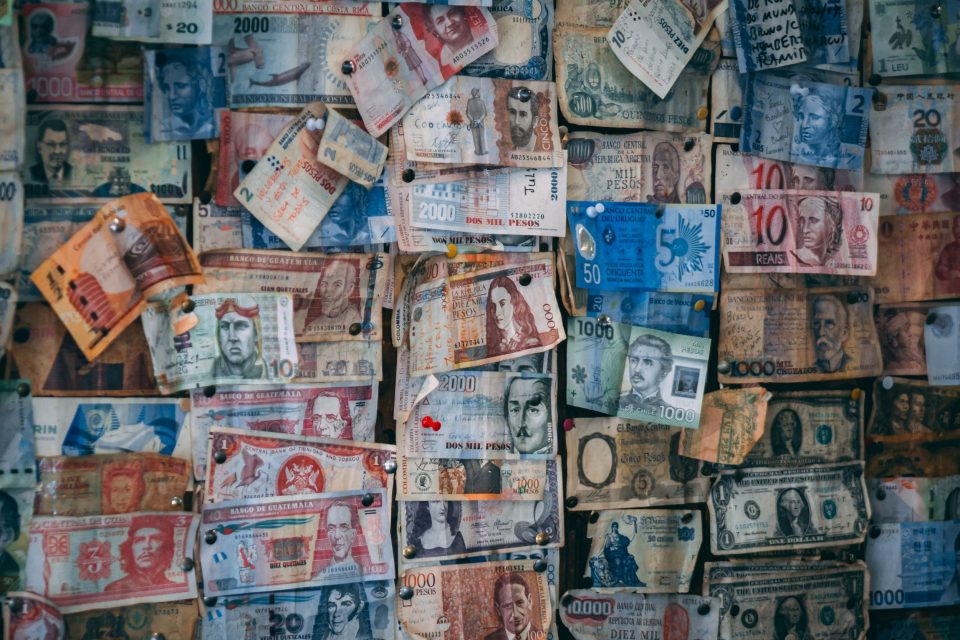What Is Paper Brightness?

Check your business: measure the results
March 22, 2016
Get To Know Mark Cuban
March 31, 2016
If there is one thing intrinsic to virtually every type of office environment, it is paper.
The amount of technology we have at our disposal today notwithstanding, paper continues to be the go-to medium for virtually all types of office communications, documentation, and produced work. However, while paper may be the best solution for a wide variety of business-related needs, not all paper is the same. Certain attributes are key, especially if the presentation value of what it is being used for is high. Chief among these attributes is brightness.
#The Technical
SideThe technical definition for paper brightness is the measurement of the amount of light reflection in a specific wavelength of blue. Unlike whiteness, which measures the amount of reflection for all colors of the spectrum, brightness concentrates solely on blue light that measures 457 nanometers (nm) in width exactly. The higher the stated value, from 0 to 100, the brighter printed material will contrast with the paper itself.
Values for this measurement exist twofold, one provided by the International Organization for Standardization (ISO) and the other by the Technical Association of the Pulp and Paper Industry (TAPPI). Paper produced in North America primarily utilizes the TAPPI standard, with the rest of the world labeled with the ISO.
#Not All Brightness Is the Same
While the brightness measurement is invaluable for determining how good the printed material will look in contrast with the paper, two types of paper with the same value number might not look similar in the least. Brightness completely eschews both the red and green light wavelengths, so two sheets of paper with the same brightness may actually look completely different. Brightness is used only as an indicator of how well the ink contrasts with the paper, not the look of the paper itself.
The aforementioned standards, ISO and TAPPI, also use completely different methods by which to arrive at their values. As such, brightness measured with the ISO standard can look very different than a matching value from the TAPPI.
#Metamerism
Have you ever taken two different types of paper, held them up to a certain type of lighting source, say incandescent bulbs for example, and they look identical? Then, when you move to a different light source, such as fluorescent bulbs, they appear markedly different? This phenomenon is called metamerism, and needs to be kept in mind when selecting your paper.
This is most important when using two different types of paper. While they may look like a perfect match where you prepare your project, once it is delivered it may become painfully obvious that two types of paper have been used. This can make an otherwise stellar report or presentation look amateurish and much less professional. So, when selecting your paper, be sure to use the values the packaging contains, rather than just eyeballing it.
#Optical Brightening Agents
At times, you may run across a ream of paper with a brightness value that exceeds 100. the standard 0 to 100 measurement refers to the base pulp the paper is made from. However, many times manufacturers will add optical brightening agents (OBA) to increase the contrast even further. Thus, when you see a value that exceeds the expected ceiling of 100, know it is the best contrast you will find.




